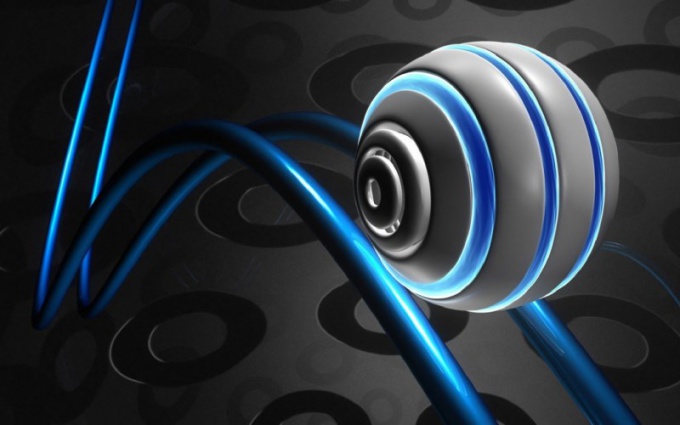History of perpetual motion
According to historical records, the first person that offered to build such a machine was an Indian scientist who lived in the 12th century. It was at this time began the Crusades of Europeans to the Holy Land. The development of Handicrafts, agriculture and technology has demanded the development of new energy sources. The popularity of the idea of perpetual motion began to grow rapidly. Scientists have tried to build it, but their attempts were not crowned with success.
Even more popular this idea became in the 15-16 centuries with the development of manufacturing. Projects of perpetual motion was offered by all and Sundry, from simple artisans, who wanted to establish a small factory to large scientists. Leonardo da Vinci, Galileo Galilei and other great researchers after numerous attempts to create a perpetual motion came to a common opinion that it is impossible in principle.
The same view came scientists who lived in the 19th century. Among them was Hermann Helmholtz, James Joule. They independently from each other formulated the law of conservation of energy, characterizing the flow of all processes in the Universe.
A perpetual motion machine of the first kind
From this fundamental law implies the impossibility of creating a perpetual motion machine of the first kind. The law of conservation of energy States that energy does not come from nowhere and do not disappear without a trace, but only takes new forms.
A perpetual motion machine of the first kind is an imaginary system that can perform work (i.e. to produce power) unlimited time without external energy. Such a real system can do the work due to the loss of its internal energy. But this work will be limited, as the stocks of internal energy of the system is not infinite.
Heat engine for energy production must fulfill a certain cycle, and therefore every time you return to the initial state. The first law of thermodynamics States that the engine for execution of work has to get energy from the outside. That is why it is impossible to build a perpetual motion machine of the first kind.
A perpetual motion machine of the second kind
The principle of operation of a perpetual motion machine of the second kind consisted of the following: to deprive of ocean energy, thus lowering its temperature. This does not contradict the law of conservation of energy, but the construction of such engine.
The fact that it contradicts the second law of thermodynamics. It is that energy from a colder body can not be transmitted hotter than in the General case. The probability of such events tends to zero, as it is irrational.
